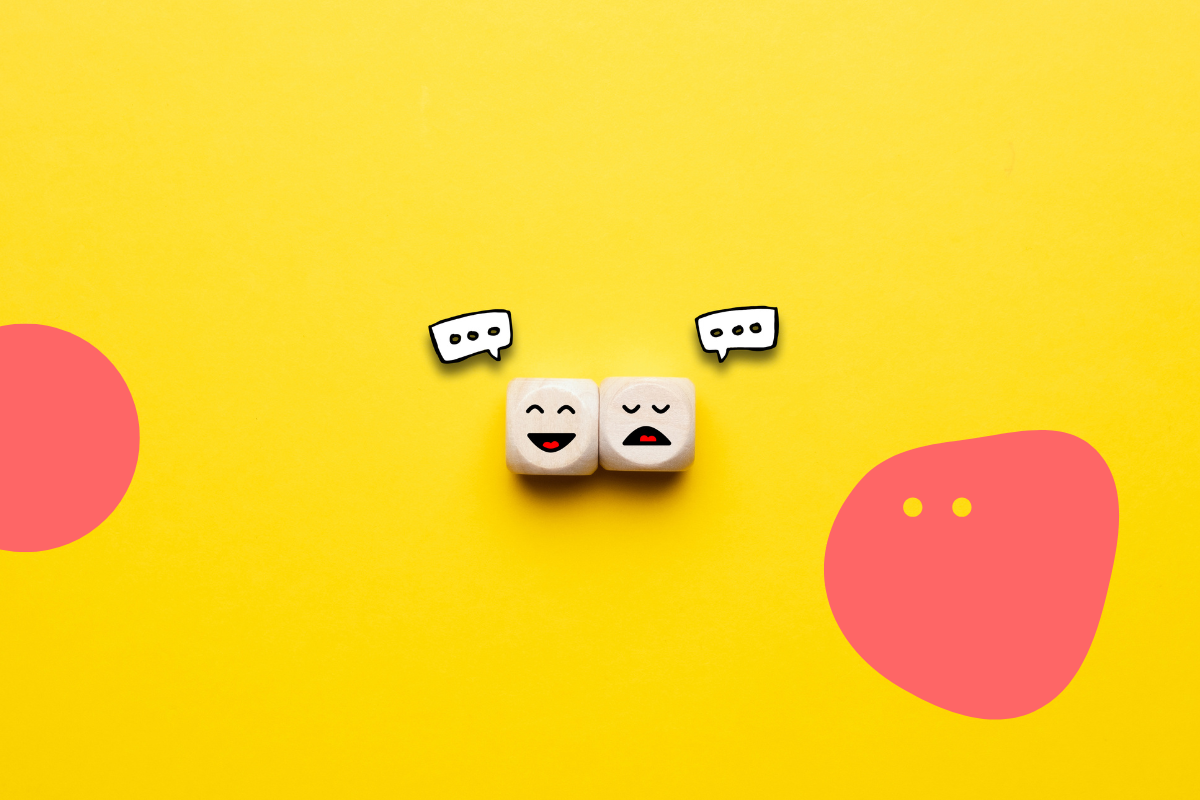

Behavioural Science1 is an interdisciplinary field, which seeks to understand how human beings behave, in a scientific manner.
In our unpredictable world full of differences, possibilities and choices, behavioural science helps us explore how we perceive the world, experience these stimulus, and even predict how we will act upon them. It draws upon research from politics to psychology, philosophy to sociology, and many more, comprehensively explain of how our complex brain works.
As an exciting and growing field, behavioural science is being applied to technology and digital consumption. Behavioural science research insights are being used to develop interventions, to change unwanted behaviours for the better.
Behavioural science concerns every aspect of our interaction with the external world, be it the environment, objects or people. This involves investigating: decision-making, motivation, social interaction, emotions, perception, memory, learning, and personality and much more.
Humans make decisions every second of the day, with or without us realising.
Deciding to hit snooze on the alarm or go for a morning run; deciding to put dairy or milk-alternatives into our coffee; deciding to read the news or scroll through social media on our phones while we commute; deciding to snack on a piece of chocolate or a slice of apple; deciding to meet our friends or give an excuse and stay-in for the night, etc…
Studying how we make choices, falls under the field of decision science2 within behavioural science. Faced with infinite choices, our brains have learnt to rely on heuristics3, or mental shortcuts, to make quick decisions. This avoids information overload4, and basically paralyzing our brains from simply existing.
Our personal affect5 (emotions) tied to a given situation, also influences how we perceive a given problem and how we behave. Temptation bundling6, pairing an emotionally rewarding behaviour with a beneficial but effortful behaviour makes a chore more enjoyable. For example, listening to your favourite podcast when you do the dishes, or watching your favourite tv series as you do cardio or exercise.
Over time, we associate the positive feelings with tasks we would normally procrastinate7 on. We can use behavioural science to “trick” our brains into completing taxing tasks when paired with a pleasurable activity – to build better habits.

Behavioural science not only helps us identify why and how we make decisions, it also teaches us techniques to be have in a beneficial manner. This is especially relevant in tackling behavioural addiction.
Behavioural addiction is characterised by compulsive engagement, in non-substance-related (such as drugs or alcohol) behaviours, which impairs our well-being. These can include gaming, gambling, shopping, social media use, and pornography use, among others.
Social media addiction, is concerned with over consumption of social media, feeling an urgency to check and use social media, spending too much time on social media platforms such that other life areas are negatively impacted.
A high screen time can be an indicator or early sign that we are losing control over our social media use and becoming addicted. Research in behavioural science has shed light on the underlying mechanisms which drive addictive behaviours, and has implications for treatment and prevention.
Nudging
Reshape your environment and the choices available in it, to make the desired behaviour the better/ easier/ more accessible option. This could be placing your smartphone in a difference room(adding friction and distance to the source) while you sleep, and use a mechanical alarm clock to wake up in the morning.
Temptation Bundling
When we are bored or feel like procrastinating, we may resort to scrolling on smartphones or social media, while we still have important tasks to complete. Make the desired behaviour(completing an essay, mundane work task or a chore) more enjoyable by pairing it with a passive or low-effort activity you already love doing (listening to your favourite music or podcast).
Building a positive association of the two activities is emotionally rewarding and provides intrinsic motivation to complete tasks.
Identify Triggers & Develop Coping Strategies8
Track the time and place, or reason, when you have higher screen times (perhaps when you are at work or just before bed).
Identify the patterns, i.e.triggers, for you to begin mindlessly scrolling. These could be notifications on your phone from social media apps.
Develop coping strategies to deal with those triggers, e.g. turn off notifications if you find yourself going on social media apps whenever you receive a message or feedback from these platforms.
Behavioural science is the study of human behaviour. It's a discipline that brings together psychology to life, from exploring human behaviours and our impact on society. It's an exciting field that has helped us understand our intrinsic and extrinsic motivation9, and how we can use this knowledge to improve our lives.
At Waitasec, we use behavioural science insights to power our bespoke application in helping you build better smartphone habits! Join now to learn how to integrate behavioural science into your life.
P.S. If you are interested to learn more about behavioural sciences and our day-to-day thought processes, highly recommend readingThinking, fast and slow10.
References